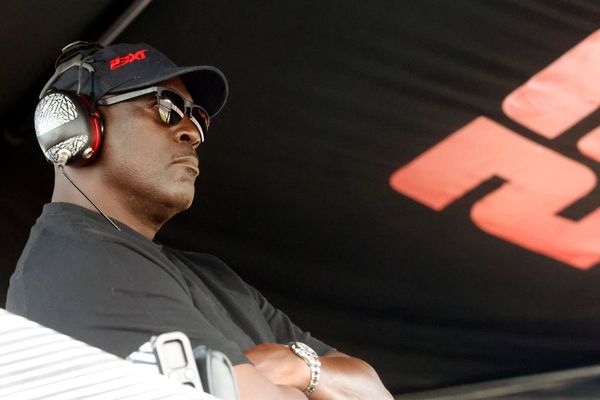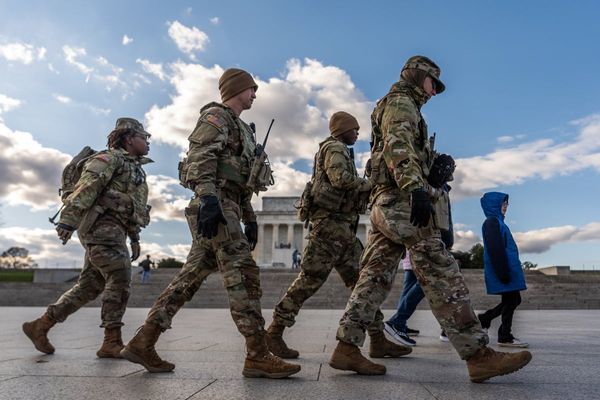After nearly 15 years of flying for a global major in South-East Asia, Biju Mathew (name changed to protect privacy) found himself without a job in August 2020. The airline laid off all its foreign pilots as COVID-19 brought air travel to a standstill. He decided to return to his homeland and obtain an Indian licence. Three years on, he still doesn’t have an Indian flying permit. In July, his original employer offered him his job back. “I had to swallow my pride and return,” he says. He still wants to be in India, where the aviation industry is the fastest growing in the world, expanding at almost 10% over the last decade, 2.5 times the global average.
Indian pilots working for foreign carriers say they would like to be closer home, despite a higher salary and perks abroad. They remember the job discrimination they faced because of their foreign nationality, in the aftermath of COVID-19. But obtaining a new Indian licence or renewing a lapsed one is “too dreadful”. The paperwork just to appear for the Directorate General of Civil Aviation’s (DGCA’s) exams can take up to a year. Many pilots have found it easier to obtain a permit for another foreign country and shift from countries like Singapore to Qatar.
Also Read | Pilot fatigue in India, a wake-up call for airlines
The concerns come at a time when 970 aircraft have been ordered by Air India and IndiGo, reviving the issue of pilot shortage in the country. Air India CEO Campbell Wilson has appealed to Indian pilots globally to consider a career in the airline, while also starting to recruit expats. Boeing has estimated that India will need 31,000 pilots in the next 20 years, or nearly 1,500 pilots every year.
When Mr. Mathew arrived in India in September 2020, he started the process to obtain a licence from the DGCA. He first needed to get his Class X and XII marksheets verified from the Kerala Board of Public Examination to be eligible for a “computer number” to appear for the exams. He appeared for two exams in November and December and cleared them. Next, instead of appearing for a radio telephony exam, he decided to seek a temporary conversion of his foreign licence for radio skills to an Indian one. But his foreign permit too lapsed in March 2021. Before he resumed the procedure towards the end of 2022, he also had to finish 20 hours of flying at a school over three weeks. This cost him ₹8-9 lakh.
Explained | The troubles of India’s aviation industry
Another pilot, who lost his job at a foreign carrier in 2020, had his paperwork rejected twice, over four months. However, he was able to obtain the licence of the Gulf country he is employed in, within seven days, and the American Federal Aviation Administration (FAA) licence in 10 days. The former involved only one written exam and a simulator check, while the latter also had an additional five-day course.
Not only is it easier for an Indian pilot to work overseas, in some cases it is also much easier for a foreign pilot to work in India, pilots point out. Under the Foreign Aircrew Temporary Authorisation (FATA), the DGCA recognises the licence and ratings issued by any country that is a member of the UN’s International Civil Aviation Organization (ICAO). It allows pilots of foreign nationalities to work in India for three months to a year. Out of the 10,000 pilots in India, 67 were foreign nationals according to government data in Parliament in March. Many argue that the same rules should apply to Indian pilots who have worked in an ICAO contracting state.
Somnath Chaturvedi (name changed), a pilot with over 25 years of experience in India and overseas, returned to the country after 10 years in 2020 to join a top management position in an Indian airline. His Indian licence had lapsed and so he had to start the application process from scratch. After spending a year on documentation work, he gave up.
“A doctor is not required to renew his licence, then why must a pilot? Once you are a pilot, you are one forever. The government must make it easier to revive an Indian licence or issue a life-time licence. Most licences around the world are valid for a lifetime, including those issued by European Aviation Safety Agency (EASA) and FAA.,” says Mr, Chaturvedi. He welcomes the government’s recent amendment to The Aircraft Rules, 1937, which extends the validity of a Commercial Pilot Licence from five years to 10 years.







